‘I’ve always been compelled by Frankenstein’: Tai Shani at The Cosmic House
Turner Prize-winning artist Tai Shani references the deconstructed human form at The Cosmic House in London's Holland Park
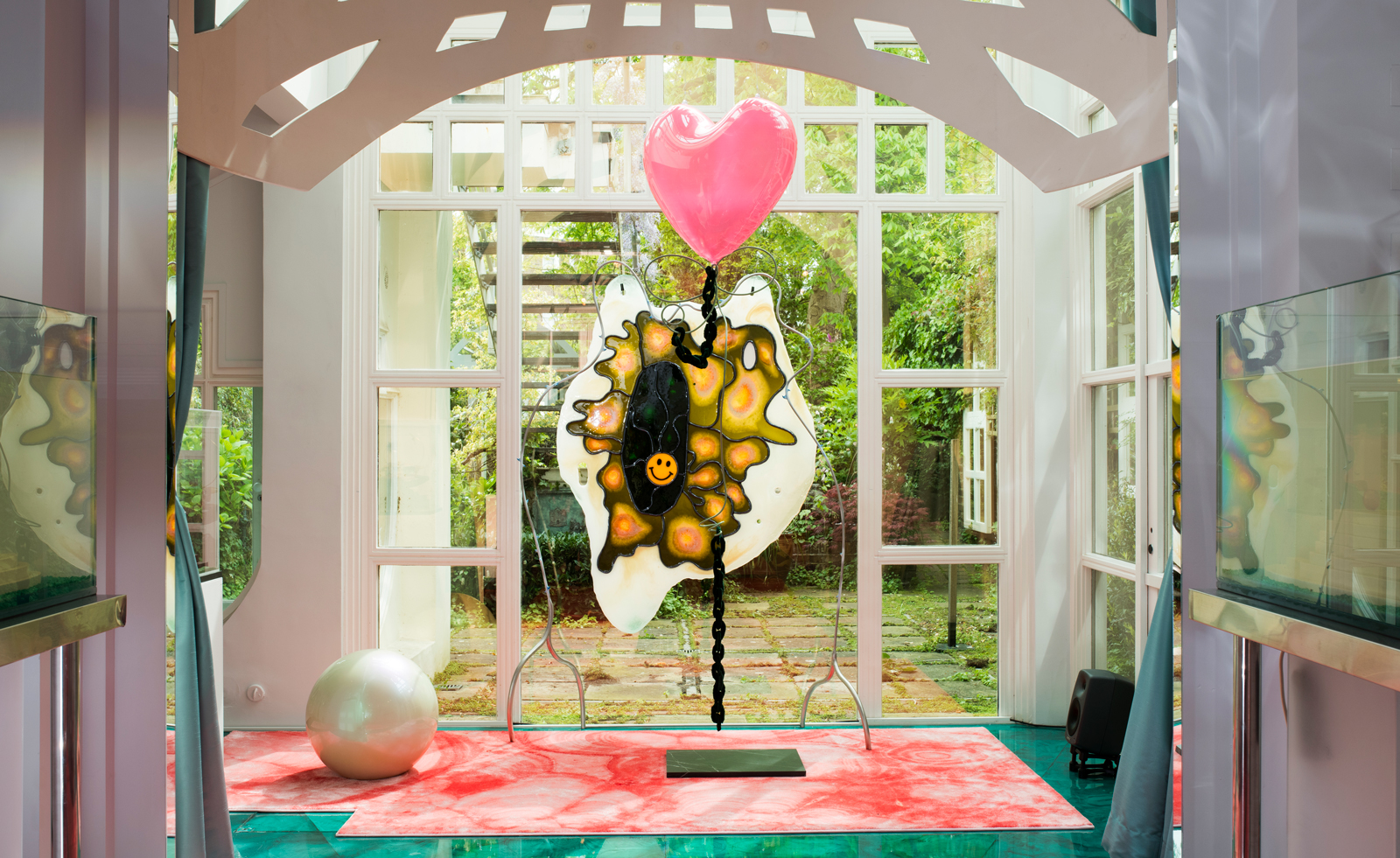
The Cosmic House was always intended as more than a home. A postmodern masterpiece, it was created by Charles and Maggie Jencks between 1978 and 1983 in London’s wealthy Holland Park. It functioned as a living space for the radical couple’s family and a hotbed for creative and architectural thought. Little within the house follows the rules of conventional design: the traditional staircase was replaced with a single spiral that is stamped with zodiac signs; everything from doorknobs to toilet flushes are present as unsettling doubles; and a lintel fireplace is painted to emulate polychromatic marble.
Tai Shani’s ‘The World to Me Was a Secret: Caesious, Zinnober, Celadon, and Virescent’ at The Cosmic House
The Cosmic House opened to the public in 2021, and its basement gallery currently features Tai Shani’s ‘The World to Me Was a Secret: Caesious, Zinnober, Celadon, and Virescent’, draws on Mary Shelley’s Frankenstein; or, The Modern Prometheus. The artist had already found her way to the work of Jencks before she met the team. In 2017, she was given a copy of The New Classicism, a magazine Jencks had edited. She was drawn to his ideas on cosmology, anthropomorphism, and ad-hocism – the unintentional use of materials to create a surreal result.
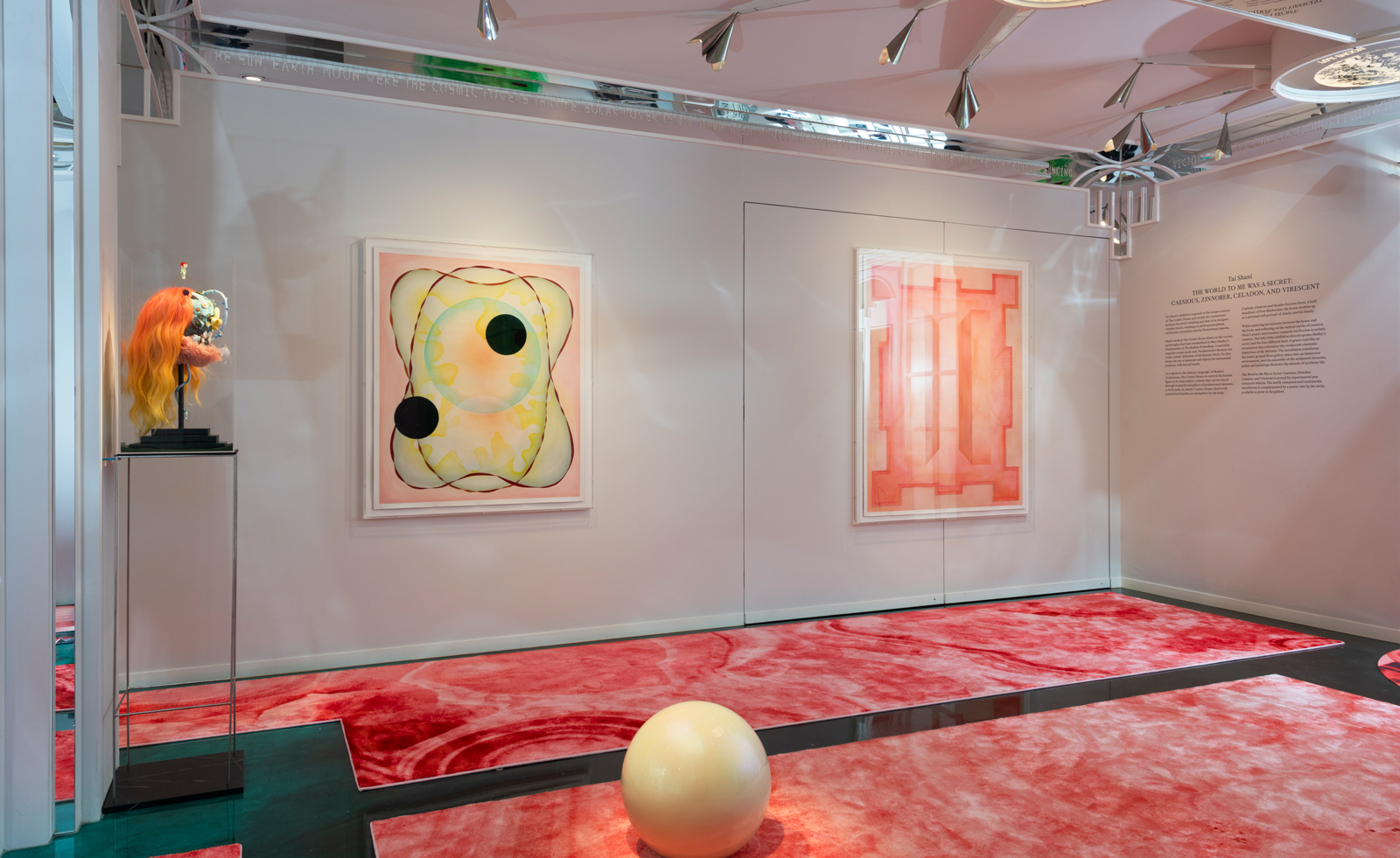
For the London exhibition, Shani has drawn on Mary Shelley’s similarly patchworked mash-up of the body. The exhibition could be read as a deconstructed human form, with fleshy pink carpets based on the pattern of Jencks’ malachite floor; cellular paintings; a sculpture with a blue skull, floral icons on the face, bright orange hair and a pink ruff at the neck; and two water tanks holdings spidery structures mimicking both coral and vascular networks. Gangs of miniature blue shrimp linger at the bottom of two spaceship-like sculptures in the tanks, inspired by Jencks’ own designs.
Despite its disparate elements, the installation is to be viewed as a whole entity. ‘It’s a poem,’ she considers. ‘I like to think of it in that way. There are different phrases in different languages.’ The exuberant room is created with humour, sensuality, and a nuanced blend between what might be defined as human and alien. Shani captures the elements of Frankenstein that feel terrifying, but also renders her abstracted body with tenderness and humanity.
‘I’ve always been compelled by Frankenstein on a very emotional level,’ she says. ‘There are a lot of stories where there is an artificial or constructed being that wants to be human. I’m interested in the borders around sentience. There is something so fundamental in this about how we perceive ourselves in the world and on a spiritual level. The idea of wanting to be human and being excluded from that is heartbreaking, especially at this moment in time, when we’re seeing there are some whose humanity is completely denied.’
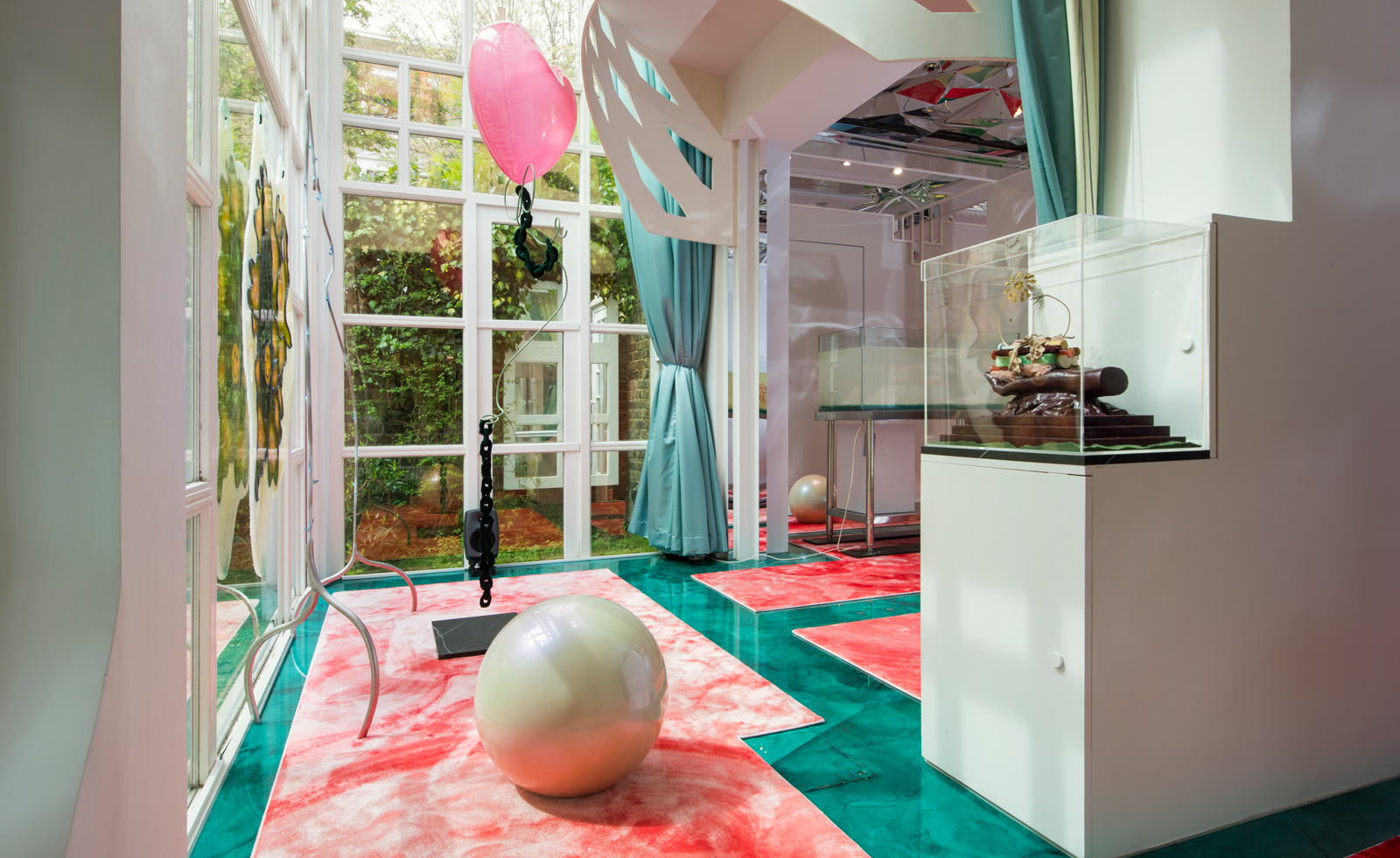
A work by Shani’s aunt hangs in the exhibition, an intimate painting from a series of zodiac works that represents Scorpio. It’s a subtle gesture that draws on the artist’s communal upbringing and rich creative influences from her early life. She has previously staged an exhibition of her aunt’s paintings at The Horse Hospital arts venue in London and included some in her 2019 Turner Prize exhibition. ‘I was very lucky to grow up in a family where being an artist was completely normal,’ she says. ‘We definitely share an inner world in many ways. She used to paint for me, we’d create stories about crystal worlds. There’s a real affinity, thematically.’
She also notes the important role of gothic writers such as Shelley – and more broadly, women working historically as mediums and mystics – who communicated ideas of otherness through the supernatural. ‘There’s always been this proximity between the supernatural and femininity,’ she says. ‘But also the title, “A Modern Prometheus”, harks back to fundamental mythologies that are a kind of matrix of our civilisation. You have a golem in Judaism, this creature that’s made of mud that can execute things for you but is semi-sentient. In the Christian creation myth, humans were fashioned out of clay. In this age where we’re thinking about how our subjectivities have been constructed, the idea of revisiting a being that is all construct is very relevant.’
Wallpaper* Newsletter
Receive our daily digest of inspiration, escapism and design stories from around the world direct to your inbox.
Tai Shani, 'The World to Me Was a Secret: Caesious, Zinnober, Celadon, and Virescent’, at The Cosmic House until 20 December 2024
Emily Steer is a London-based culture journalist and former editor of Elephant. She has written for titles including AnOther, BBC Culture, the Financial Times, and Frieze.
-
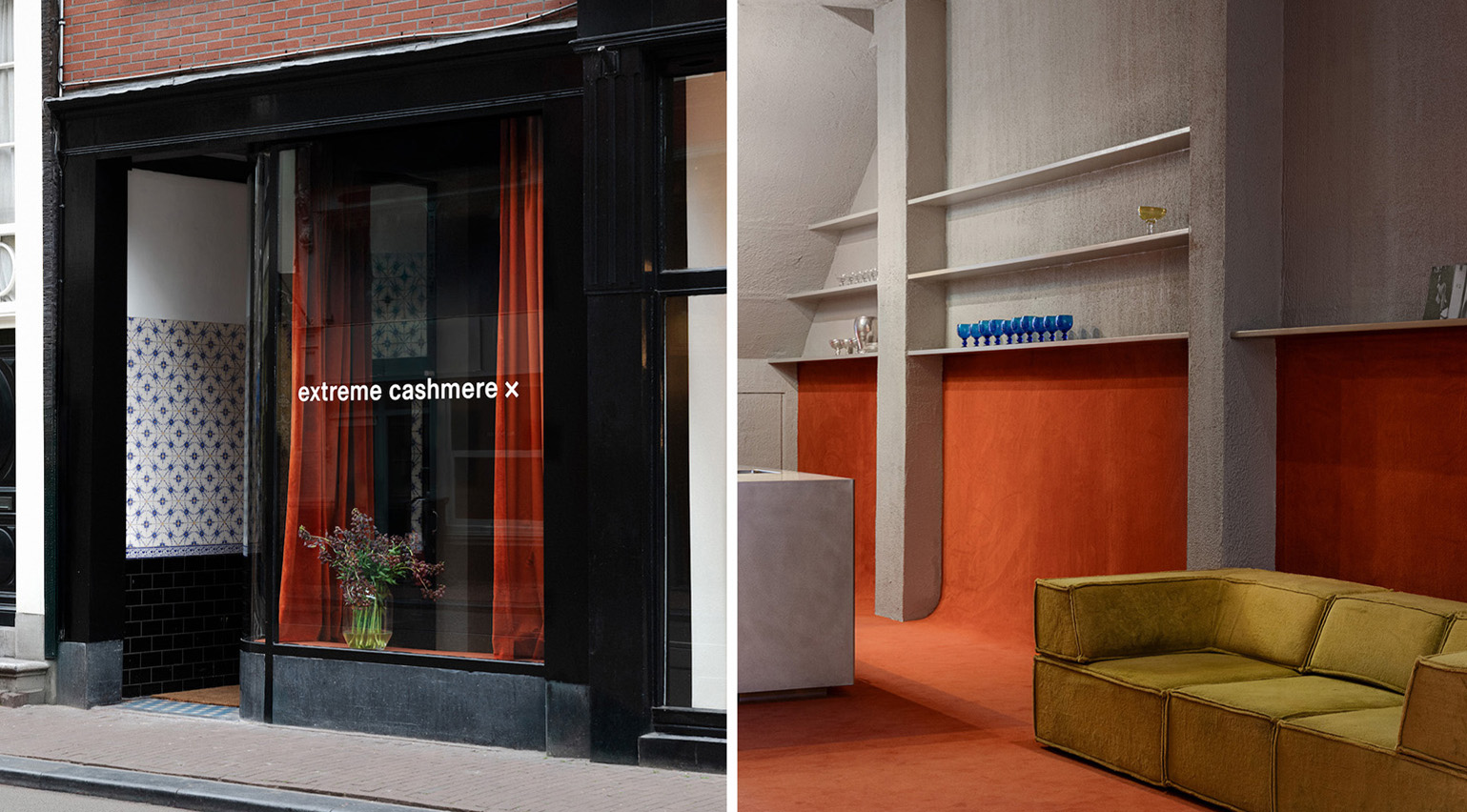 Extreme Cashmere reimagines retail with its new Amsterdam store: ‘You want to take your shoes off and stay’
Extreme Cashmere reimagines retail with its new Amsterdam store: ‘You want to take your shoes off and stay’Wallpaper* takes a tour of Extreme Cashmere’s new Amsterdam store, a space which reflects the label’s famed hospitality and unconventional approach to knitwear
By Jack Moss
-
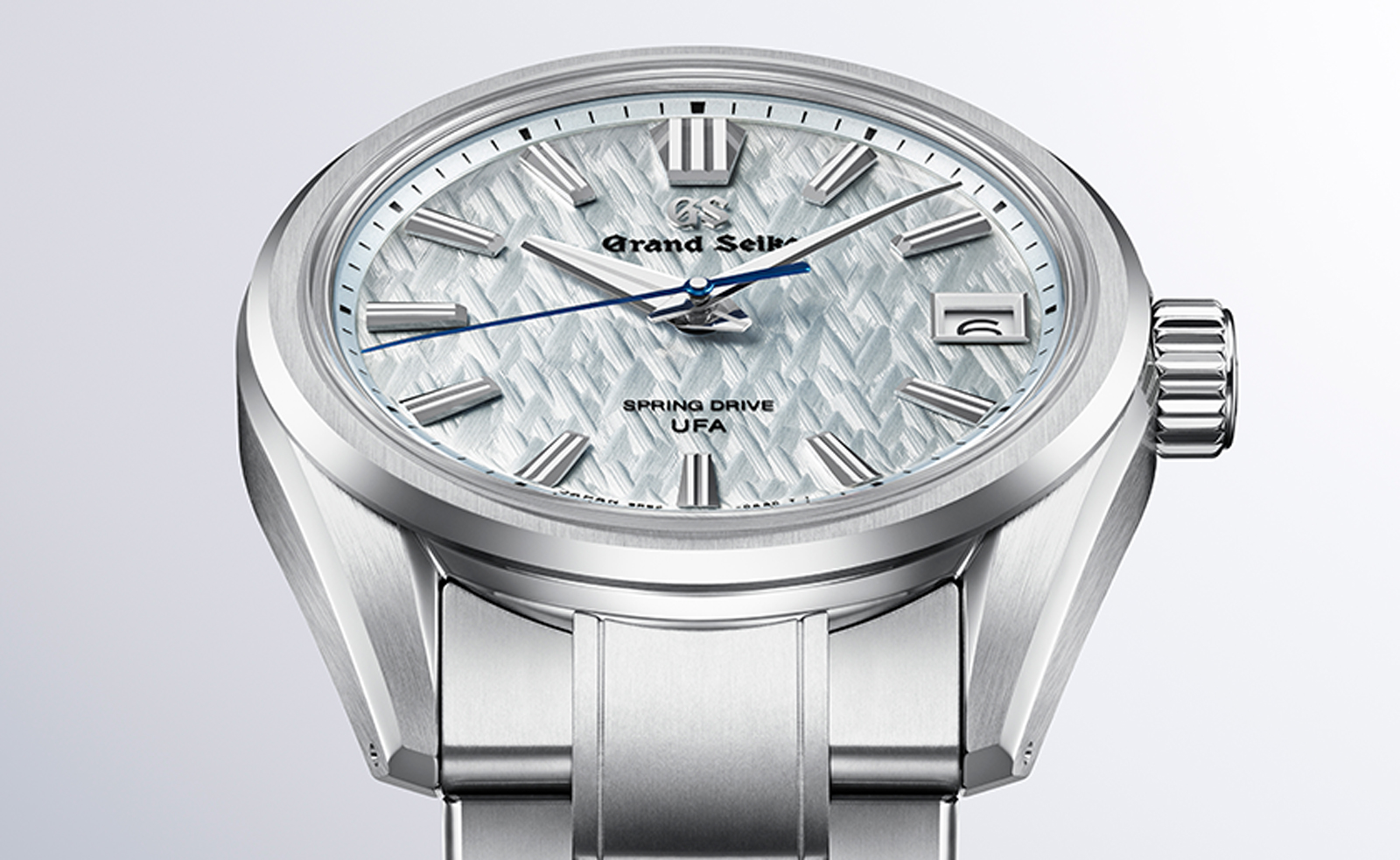 Titanium watches are strong, light and enduring: here are some of the best
Titanium watches are strong, light and enduring: here are some of the bestBrands including Bremont, Christopher Ward and Grand Seiko are exploring the possibilities of titanium watches
By Chris Hall
-
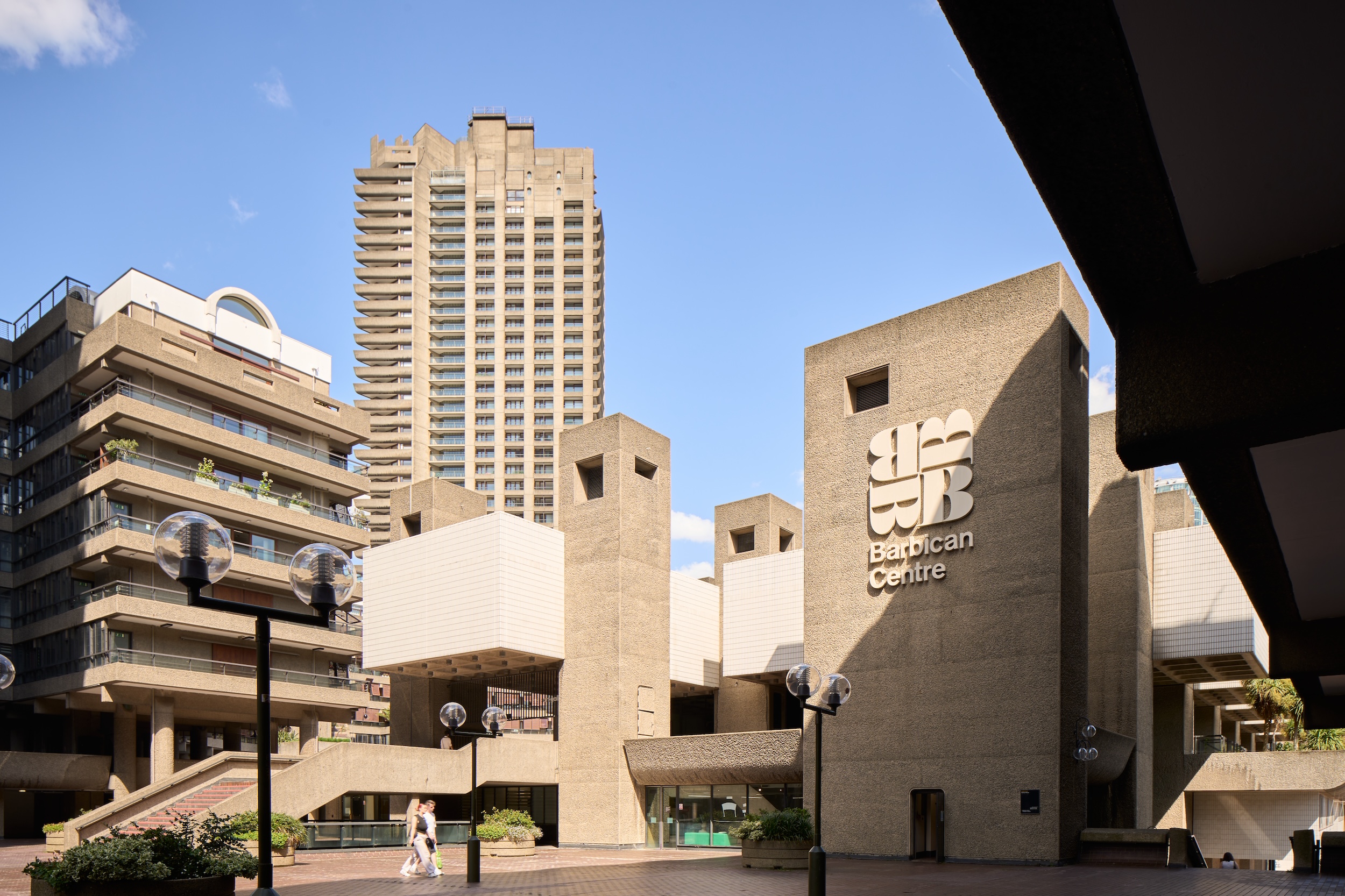 Warp Records announces its first event in over a decade at the Barbican
Warp Records announces its first event in over a decade at the Barbican‘A Warp Happening,' landing 14 June, is guaranteed to be an epic day out
By Tianna Williams
-
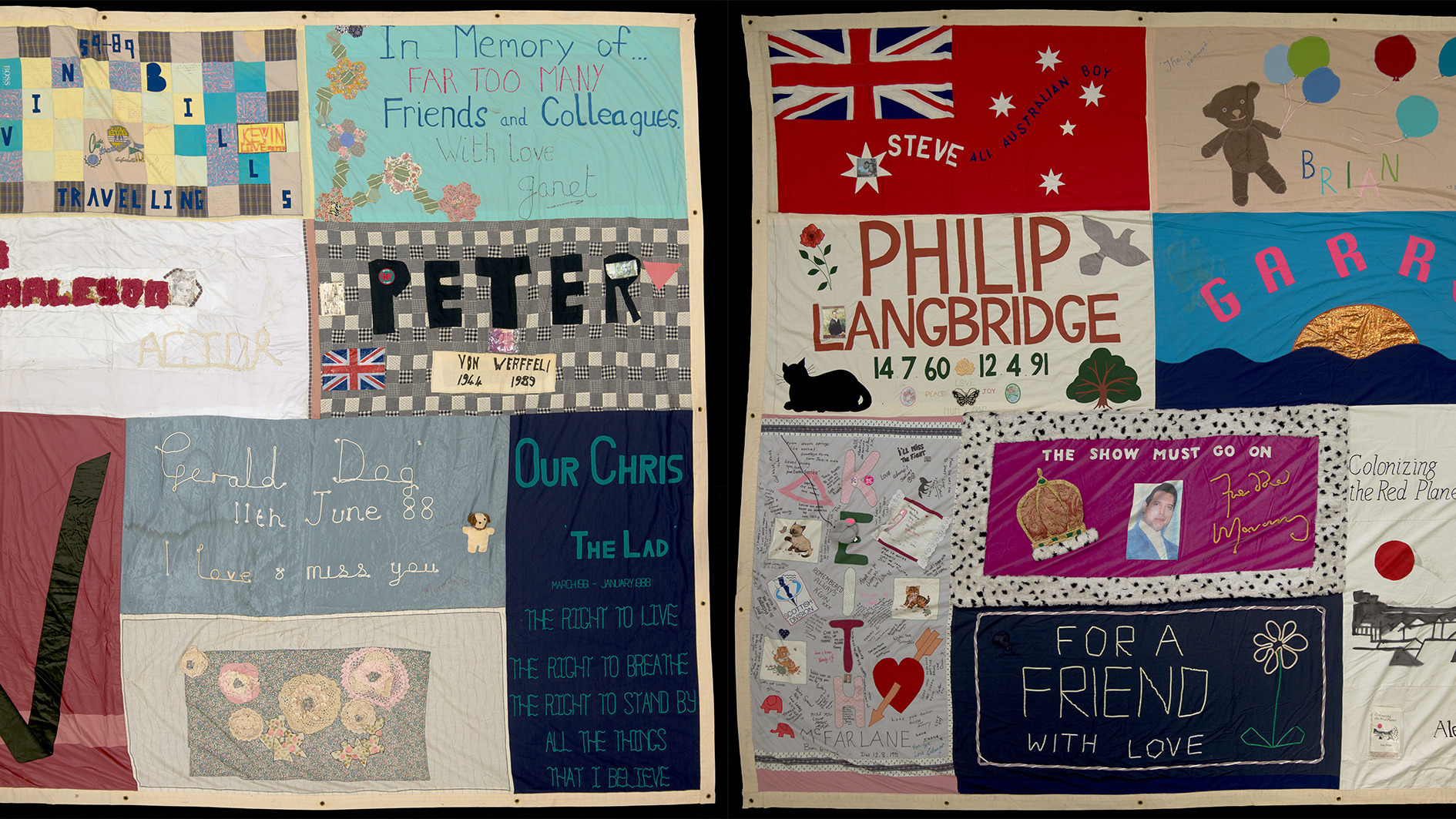 The UK AIDS Memorial Quilt will be shown at Tate Modern
The UK AIDS Memorial Quilt will be shown at Tate ModernThe 42-panel quilt, which commemorates those affected by HIV and AIDS, will be displayed in Tate Modern’s Turbine Hall in June 2025
By Anna Solomon
-
 ‘Humour is foundational’: artist Ella Kruglyanskaya on painting as a ‘highly questionable’ pursuit
‘Humour is foundational’: artist Ella Kruglyanskaya on painting as a ‘highly questionable’ pursuitElla Kruglyanskaya’s exhibition, ‘Shadows’ at Thomas Dane Gallery, is the first in a series of three this year, with openings in Basel and New York to follow
By Hannah Silver
-
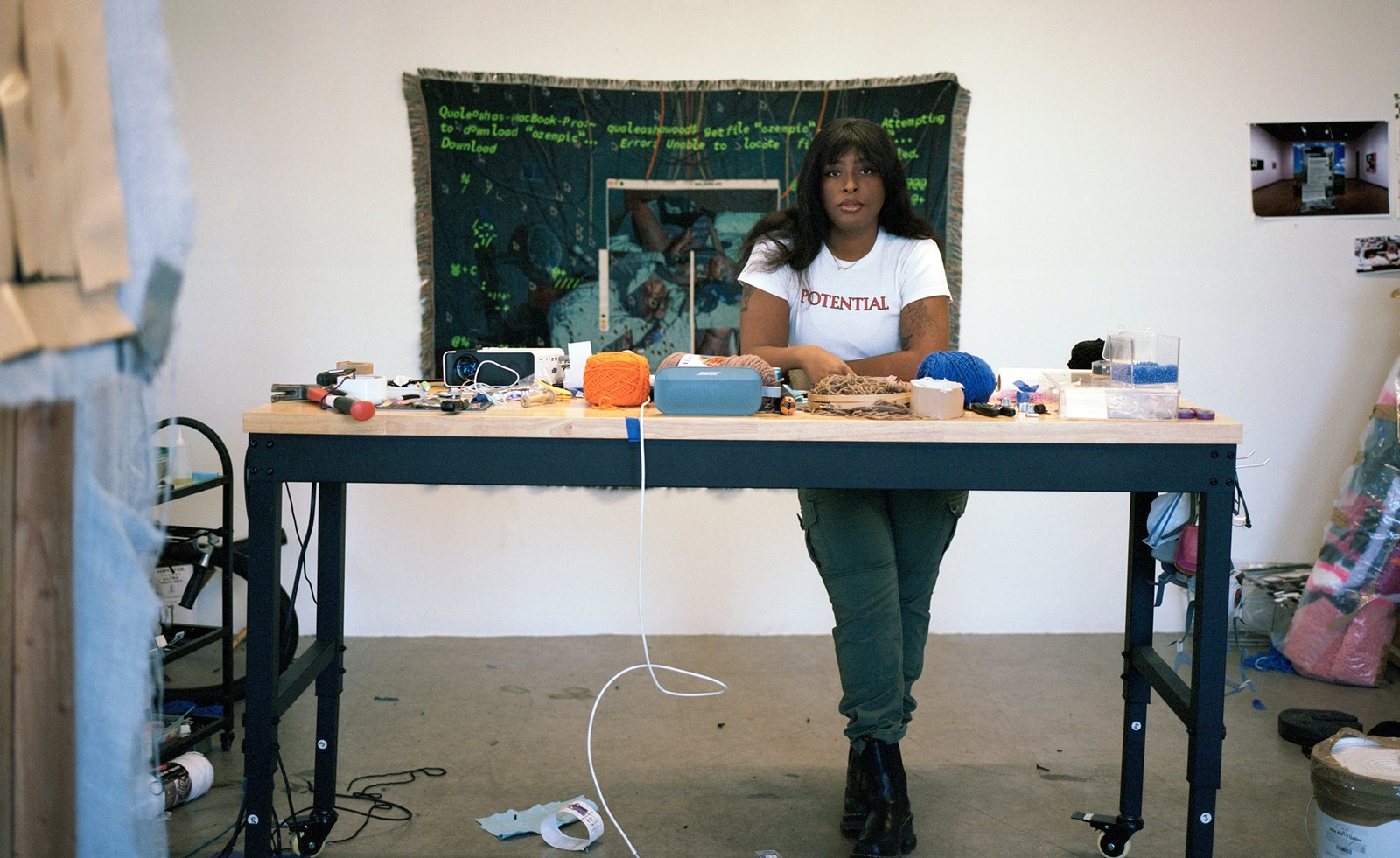 Artist Qualeasha Wood explores the digital glitch to weave stories of the Black female experience
Artist Qualeasha Wood explores the digital glitch to weave stories of the Black female experienceIn ‘Malware’, her new London exhibition at Pippy Houldsworth Gallery, the American artist’s tapestries, tuftings and videos delve into the world of internet malfunction
By Hannah Silver
-
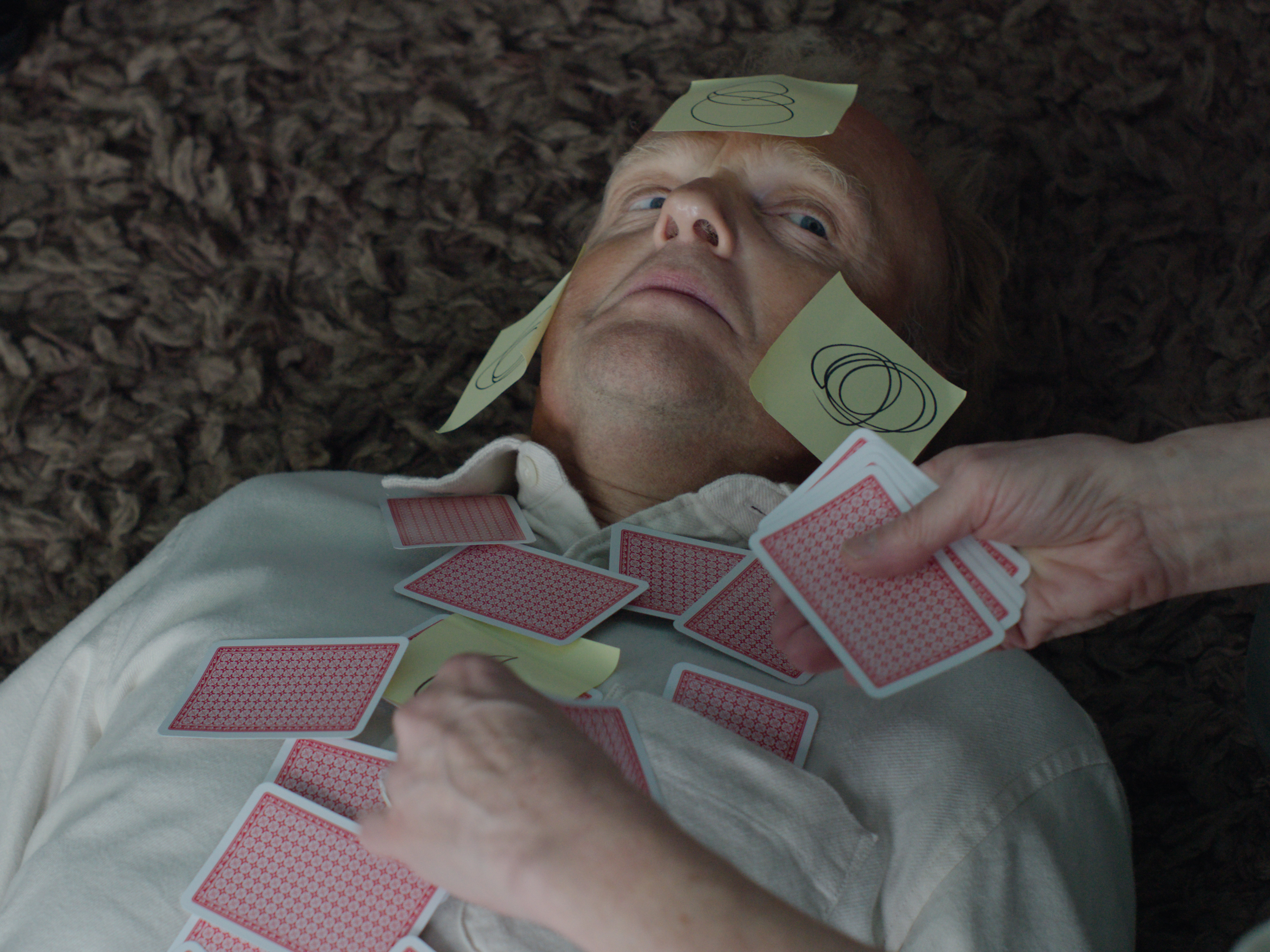 Ed Atkins confronts death at Tate Britain
Ed Atkins confronts death at Tate BritainIn his new London exhibition, the artist prods at the limits of existence through digital and physical works, including a film starring Toby Jones
By Emily Steer
-
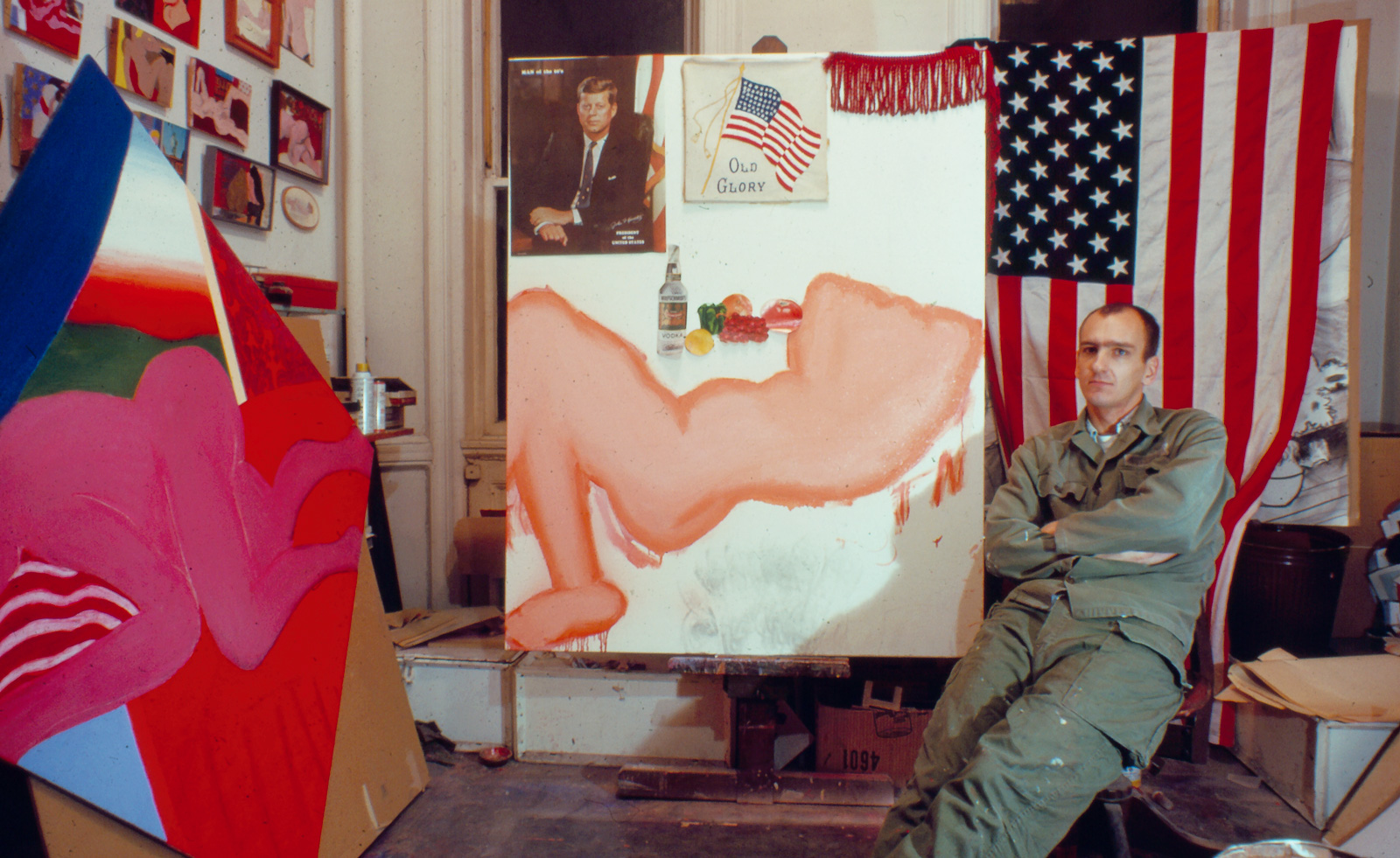 Tom Wesselmann’s 'Up Close' and the anatomy of desire
Tom Wesselmann’s 'Up Close' and the anatomy of desireIn a new exhibition currently on show at Almine Rech in London, Tom Wesselmann challenges the limits of figurative painting
By Sam Moore
-
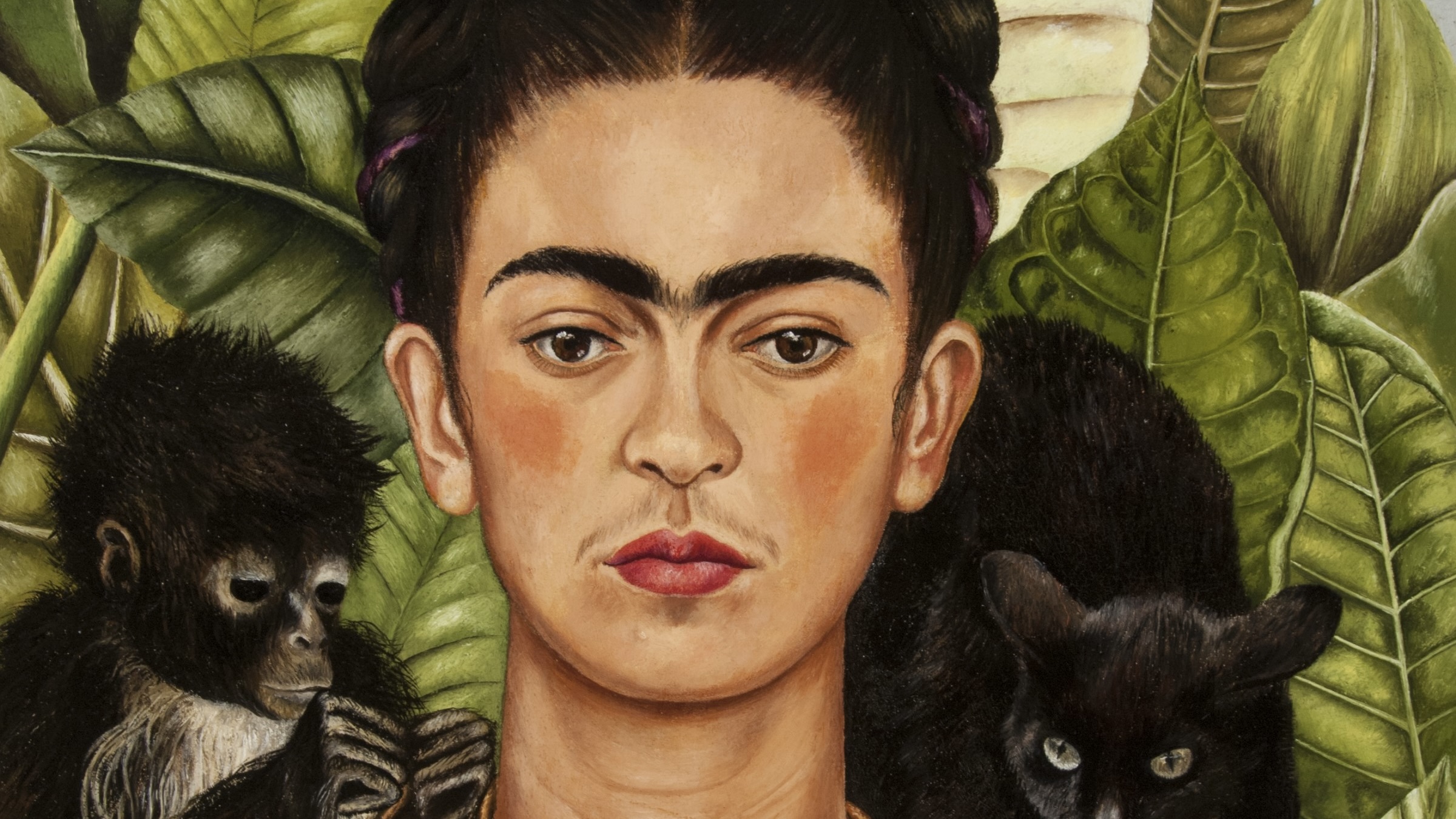 A major Frida Kahlo exhibition is coming to the Tate Modern next year
A major Frida Kahlo exhibition is coming to the Tate Modern next yearTate’s 2026 programme includes 'Frida: The Making of an Icon', which will trace the professional and personal life of countercultural figurehead Frida Kahlo
By Anna Solomon
-
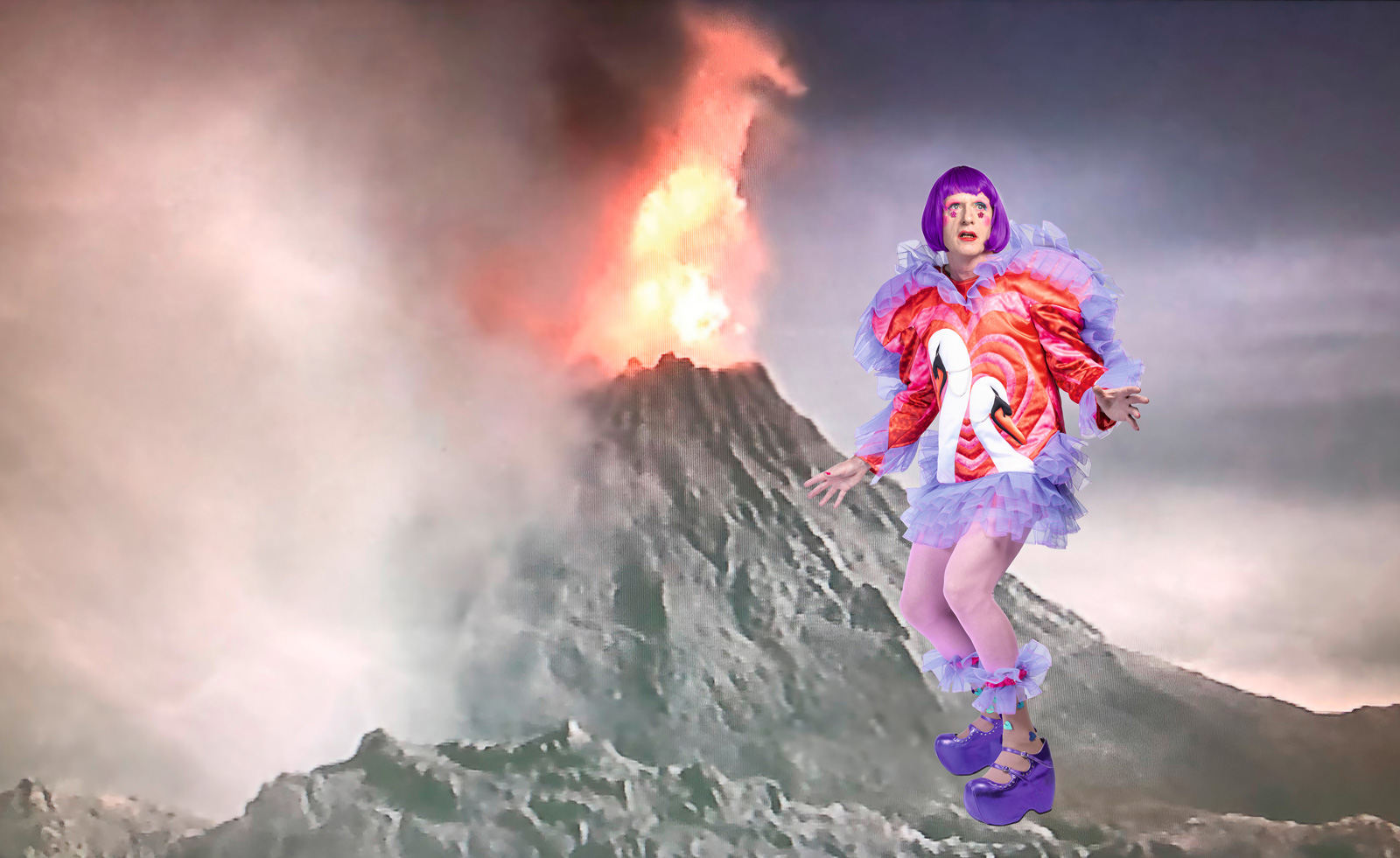 A portrait of the artist: Sotheby’s puts Grayson Perry in the spotlight
A portrait of the artist: Sotheby’s puts Grayson Perry in the spotlightFor more than a decade, photographer Richard Ansett has made Grayson Perry his muse. Now Sotheby’s is staging a selling exhibition of their work
By Hannah Silver
-
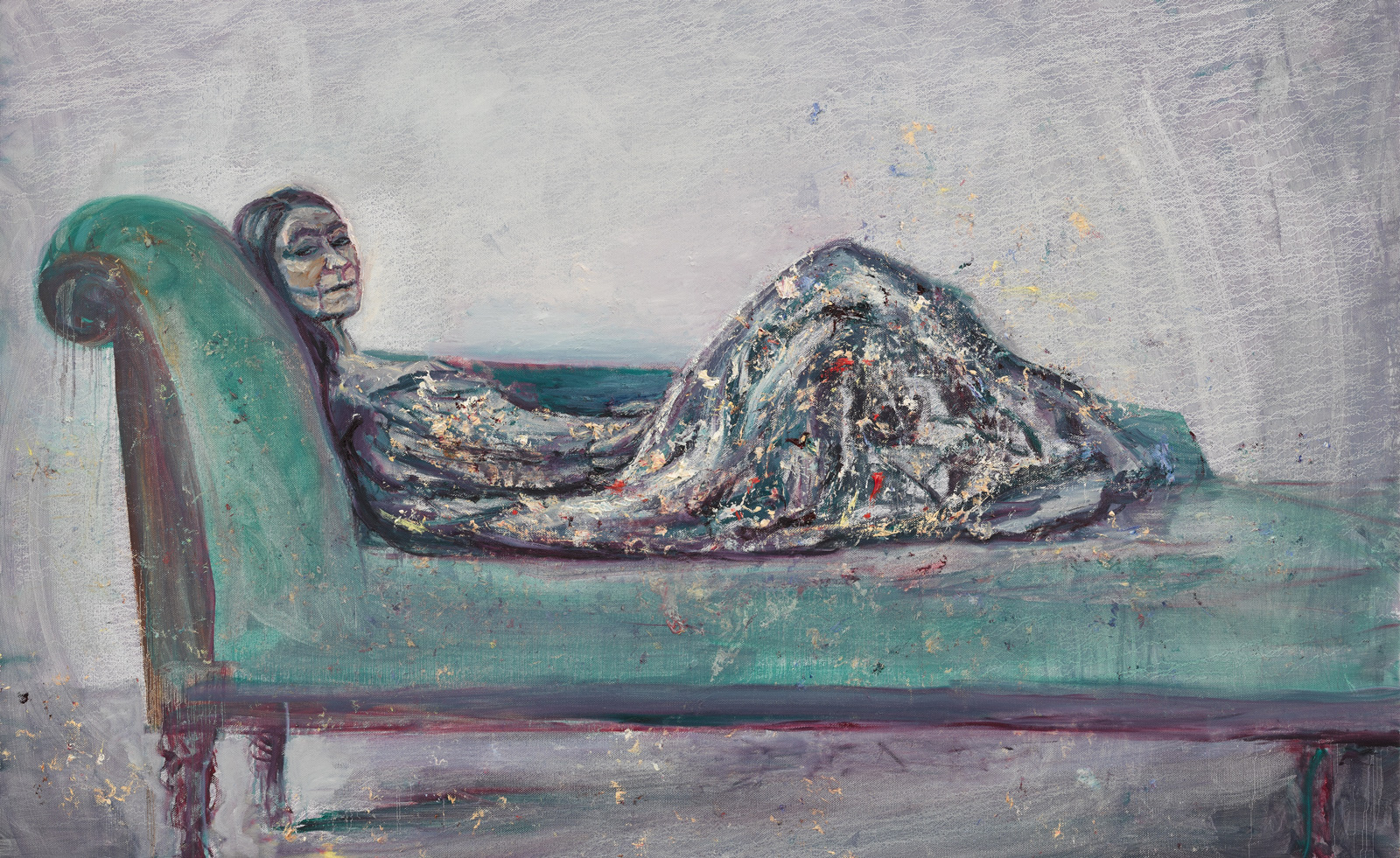 Celia Paul's colony of ghostly apparitions haunts Victoria Miro
Celia Paul's colony of ghostly apparitions haunts Victoria MiroEerie and elegiac new London exhibition ‘Celia Paul: Colony of Ghosts’ is on show at Victoria Miro until 17 April
By Hannah Hutchings-Georgiou